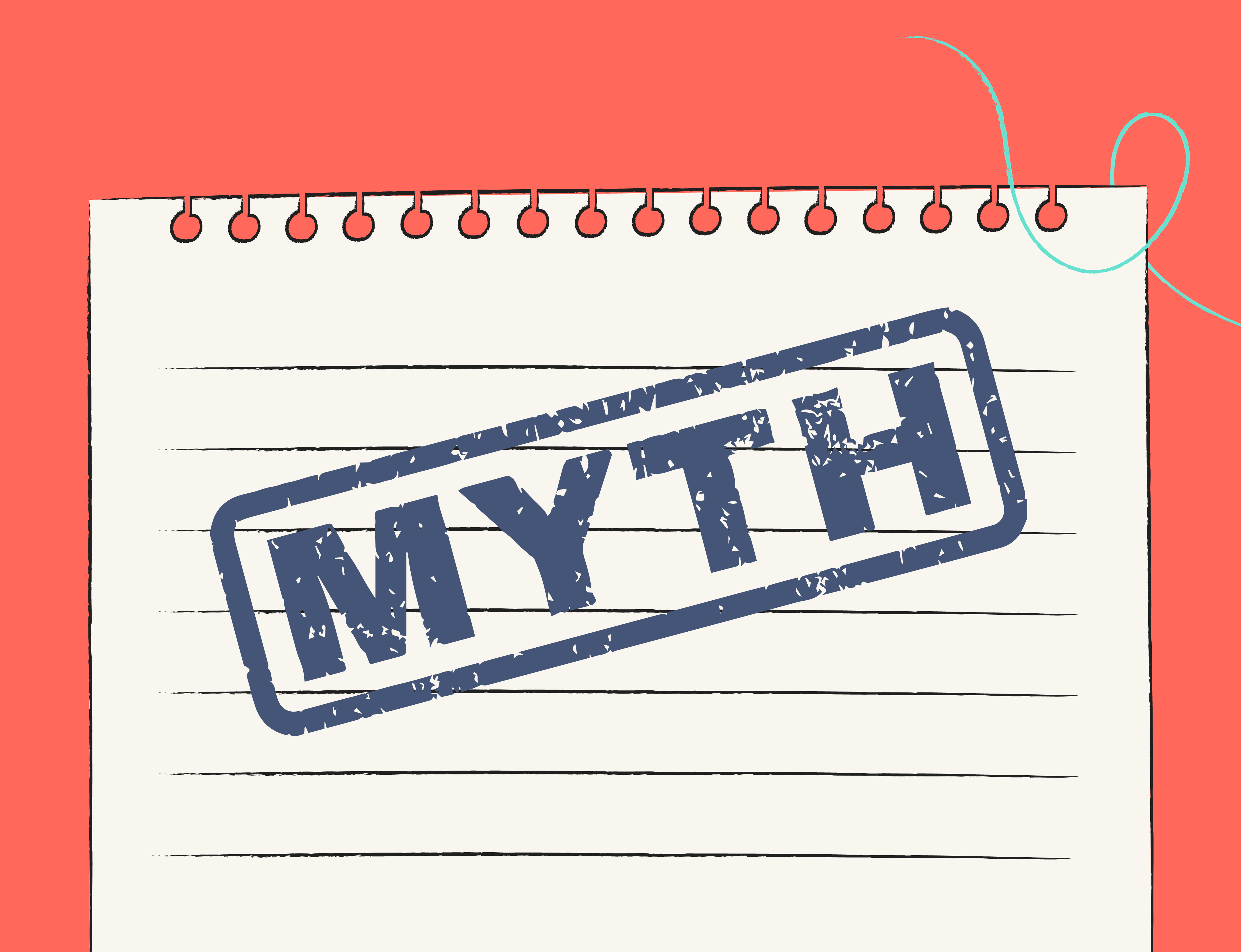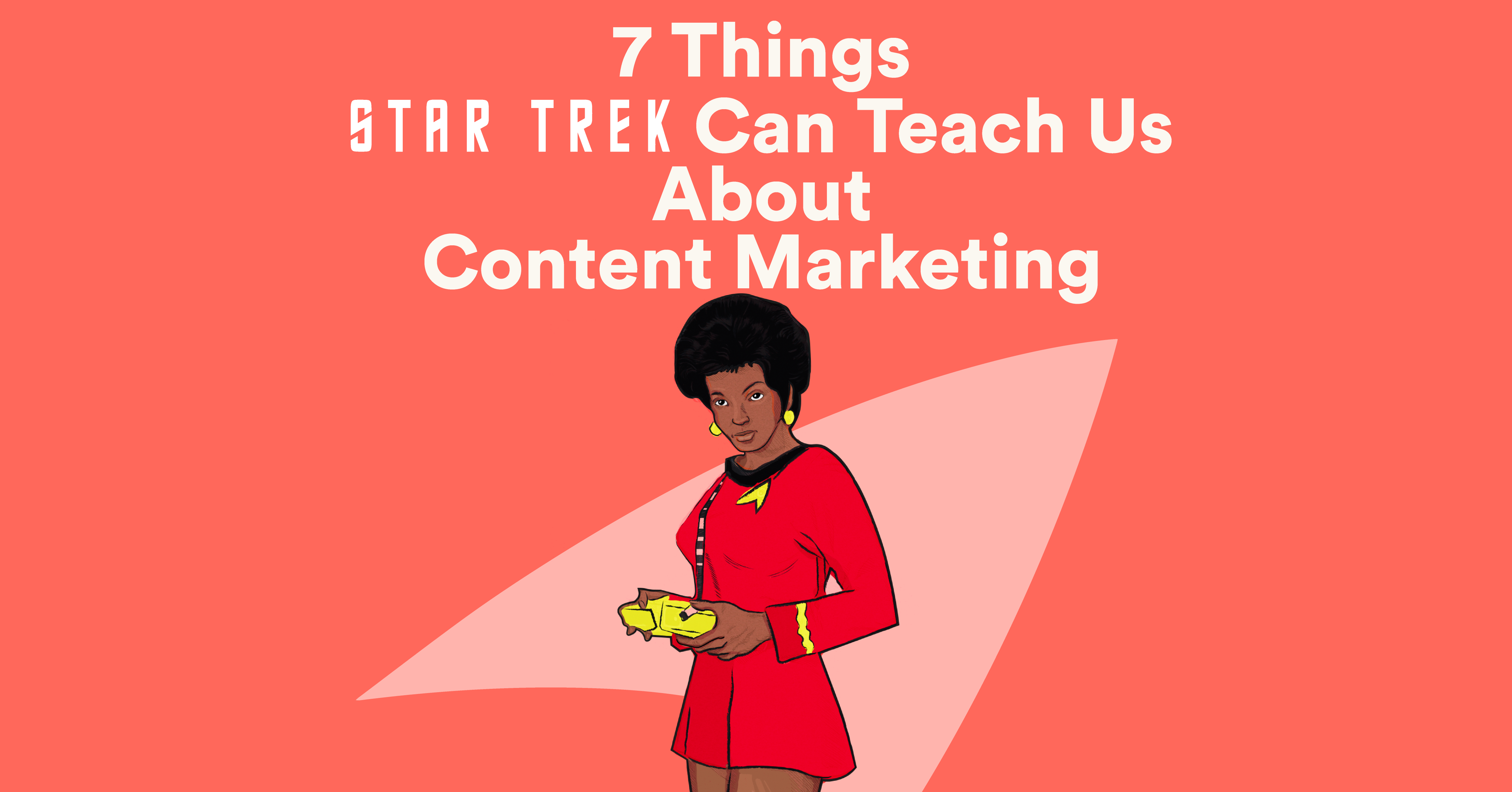In the 1989 film Field of Dreams, an Iowa baseball fan hears ghostly whispers coming from a cornfield saying, “If you build it, he will come.”
So he digs up his crops to build a baseball diamond, and a bunch of dead baseball players show up.
Sounds like the dream, doesn’t it? Invest all you’ve got in building an amazing product, then sit back and wait for the people to come.
Unfortunately, it’s not 1989, we’re not clairvoyant baseball fans — and that’s not how marketing works.
Everyone knows it’s not building a product that brings in customers — it’s content marketing. The problem is anyone can churn out content, but creating stellar content that raises brand awareness and boosts engagement and sales?
It’s not as easy as it looks.
One of the reasons for this is the plethora of popular content marketing myths that might be harming your digital marketing strategy. If you want to create a successful content marketing campaign, you’ll need to know what works — and what doesn’t.
Luckily, we’ve got your back. This article will cover ten of the most common content marketing myths and misconceptions so you can hit your content marketing strategy out of the park.
Top 10 common content marketing myths you need to stop believing
Myth 1: Your job is done once you hit publish
The ‘post and pray’ method is still popular among marketers, despite being far from the most effective way to succeed with online content. Yes, your website is important — it’s a virtual calling card that lets potential customers know who you are and what you do.
But publishing great content on your blog is only half the battle. Your marketing efforts don’t stop once you hit publish — in fact, that’s just the beginning. Once your post is live, you need to tell people about it — otherwise, they’ll never find it.
Your promotional efforts can include:
- Social media promotion (Facebook, Instagram, LinkedIn, TikTok, Reddit, Quora, etc.)
- Paid Ads
- Email marketing
- Influencer marketing
- Video content
- Press releases
- And more
As you promote your content, analyze which pieces perform best by tracking engagement, clicks, and conversions. You can then use these learnings to inform your content marketing strategy moving forward.
Additionally, you’ll need to ensure you regularly audit your published pieces to keep them updated with the latest statistics and prune any outdated points that don’t apply anymore.

Myth 2: Quantity is better than quality
Most businesses understand the importance of content marketing but make the mistake of assuming that the more content they create, the better. However, the truth is that growing a brand through content marketing requires creating valuable content that people want to consume rather than spraying your ideas all over the internet and hoping for the best (see Myth 1).
In fact, Google and other search engines look down on the practice of putting out high volumes of low-quality content and will probably penalize you for employing this tactic.
Consistency and quality are much more important than quantity and will beat content-dumping every time. Instead of publishing five pieces of mediocre content per week, try putting out just one well-put-together piece on a regular but manageable schedule — for example, every Tuesday.
This will train your audience to expect content from you and train the search engine algorithms to show your content to more people.
Start by focusing on putting out your best content, and only increase your frequency when you’re confident you can maintain a high standard. Posting less often is a better solution than throwing out shoddy content just for the sake of posting.
Myth 3: Content strategy is only about keywords and topics
While strategizing on topics, filling out calendars, and conducting keyword research are fundamental parts of content strategy, the scope of this work goes much deeper than that. Building a solid content strategy includes:
- Creating goals that are SMART (Specific, Measurable, Achievable, Relevant, and Timebound)
- Breaking down marketing goals to align with overarching business goals
- Creating a comprehensive marketing plan
- Identifying buyer personas and ideal customers
- Deciding what types of content to put out on which channels and how frequently
- Carrying out keyword research for each piece of content based on SEO best practices and the stage of the buyer journey
- Writing content briefs for creators and designers
- Planning, distribution, and promotion
- Defining content performance KPIs and metrics
Myth 4: Content marketing is all about blog posts
Many people believe “content marketing” is synonymous with writing blogs, but while blog posts are a crucial part of any content marketing strategy, they are far from the only component.
A blog-only strategy might have worked in the early days of content marketing, but audiences expect more from their favorite brands these days. Video content is, of course, extremely popular now and, according to HubSpot, was the number one format marketers used in 2021.
A solid content strategy uses market analysis and other metrics to develop a wide variety of content, including:
- Blogs
- Video content
- Ebooks
- Podcasts
- How-to guides
- Newsletters
- Social creatives
- Infographics
- And even white papers
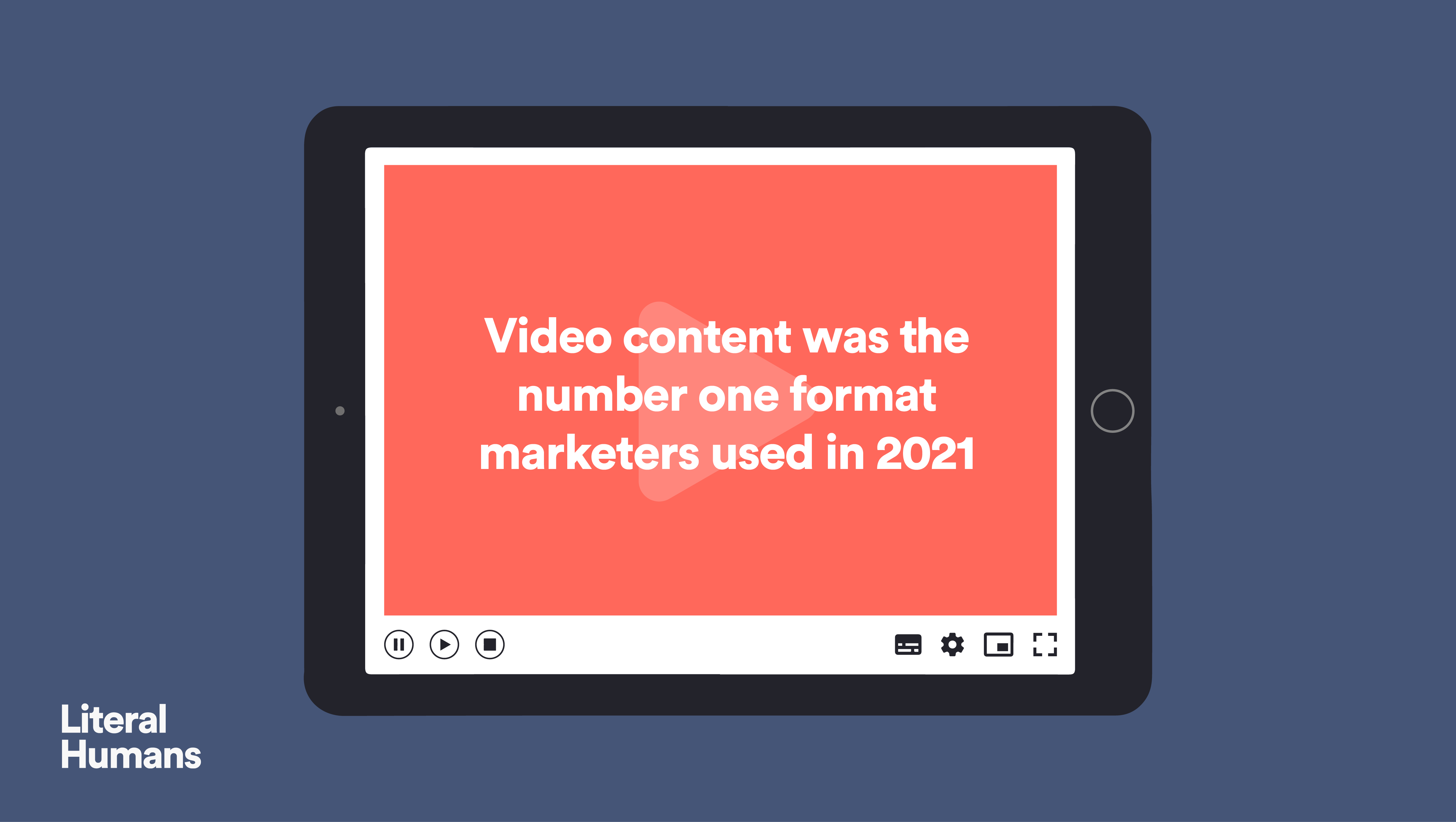
Myth 5: Content marketing is social media marketing
Social media posts are an essential part of any content marketing strategy. Just look at brands like Fenty Beauty and Airbnb that leverage user-generated content (UGC) to build huge followings on their social channels.
But social media is just that — a channel. Both content marketing and social media marketing form part of your overall content strategy — you can’t have one without the other. You need great content to promote on your social platforms, and you need a social following to drive traffic to your amazing content.
It’s a bit like the chicken and egg situation.
Understanding that social media marketing and content marketing are separate but interdependent will help you build a more well-rounded content marketing strategy.
Myth 6: Content strategy is only about creating calendars
While maintaining content calendars is a significant part of the role, a content strategist wears many hats. They’re responsible for ensuring the content aligns with marketing and business goals, taking into account the target audience, product developments, upcoming launches, and what competitors are doing.
Content strategy also means following marketing best practices and pushing back to the client (or boss) when requests go against current marketing wisdom. All of this helps ensure you put out high-quality content that drives traffic, generates leads, and boosts conversions.
Myth 7: You need to be salesy to drive sales
Gone are the days when pushy sales tactics led to more sales. Consumers have grown wise to these strategies and are much more conscious about which brands they want to support.
If you really want to grow your business, ditch the sleazy sales strategies and start building trust with your audience. Keep it real, create content that adds value, build solid relationships with your audience and community, and only then suggest they try your product or service.
This is a very simple premise called human-to-human (H2H) marketing. It’s the radical idea that if you respect your customers’ time and money and treat them like actual human beings, they’ll be much more likely to buy from you.
Here at Literal Humans, we were so enamored with H2H marketing we built our whole business model around it.
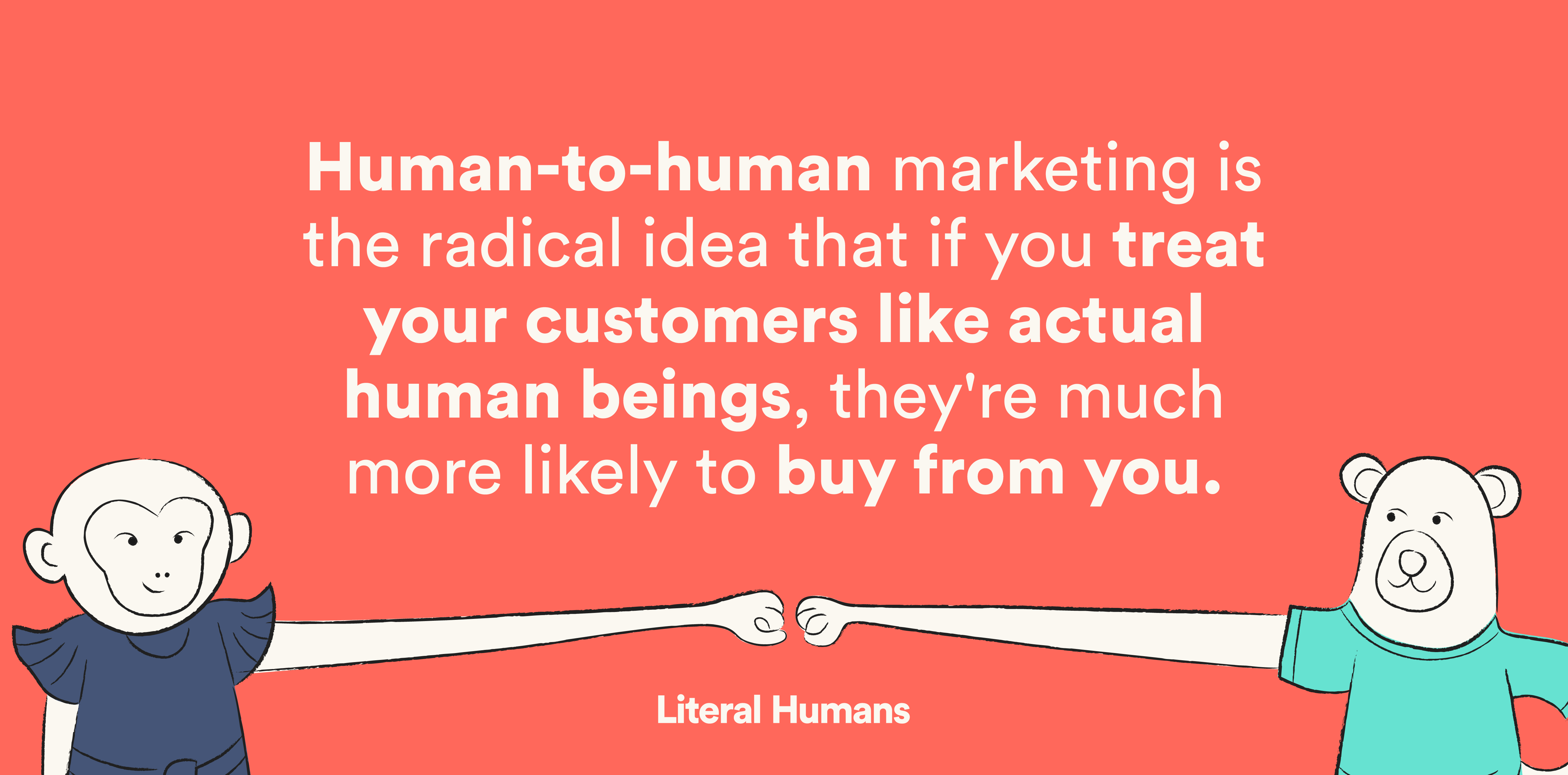
Myth 8: Long-form content always wins
When I started out as a content writer, there was a method called the “skyscraper technique” that was supposedly guaranteed to make your content rank in first place on Google.
Essentially, it meant patchworking sections and information from the top ten SERPs to create content that was more comprehensive and — crucially — longer than any of the top-ranking posts.
While it’s true that more profound and well-researched content can provide more value, using the skyscraper technique led to a slew of blog posts that used fluff and fillers to bulk out the word count. Google caught on, and it’s no longer a question of writing more words than the competition to snag that coveted top spot.
Long-form content can be a great way to provide value to your customers, but again, it’s best to focus on quality rather than quantity here. If you can get your message across in fewer words, do it — your readers will thank you for getting to the point.
Myth 9: Prioritizing personas over people
There’s a tendency in content marketing to forget about the people who are actually reading your work and commenting on your posts. Content marketers can become so blinkered that they focus less on people and more on their perceptions of those people — in other words, prioritizing personas over persons.
This is a mistake because it results in oversimplified content that doesn’t account for the nuanced pool of audiences who have much more interesting characteristics than their 2D strategic counterparts. While buyer personas are a handy tool to sketch out different audience groups, they shouldn’t be mistaken for the real thing.
Myth 10: In-house is the way to go
Many marketing managers assume the only way for them to succeed is to manage their content marketing strategy in-house. But don’t be fooled by the apparent cost-effectiveness of this approach.
According to the Content Marketing Institute, 50% of marketers outsource at least part of their content marketing — and 84% outsource content creation.
That’s because content marketing specialists are on the pulse with current trends and can suggest and implement the best practices and ideas that will propel your business to the next level.
With the right team of professionals by your side, you can supercharge your content marketing strategy and increase engagement and sales.
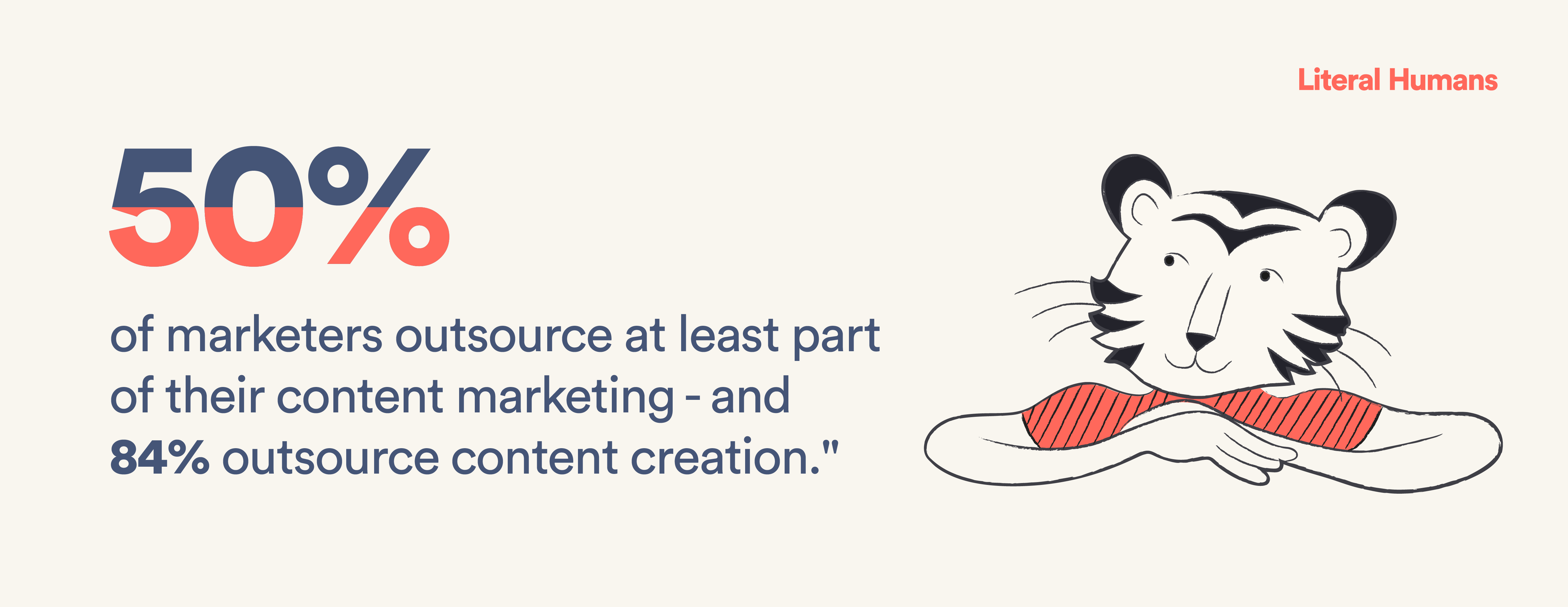
Let us help you build your Field of Dreams
The bottom line is that having an amazing product simply isn’t enough to build a successful business. You also need a solid content marketing strategy that avoids the pitfalls of these ten content marketing myths.
One of the reasons businesses partner with a marketing agency like Literal Humans is that we’re experts in our field — pun intended.
We might not be able to summon a ghostly baseball team, but we know how to attract living humans by implementing H2H content marketing across multiple channels. Want to know more? Book a strategy call today to find out how we can help you.

